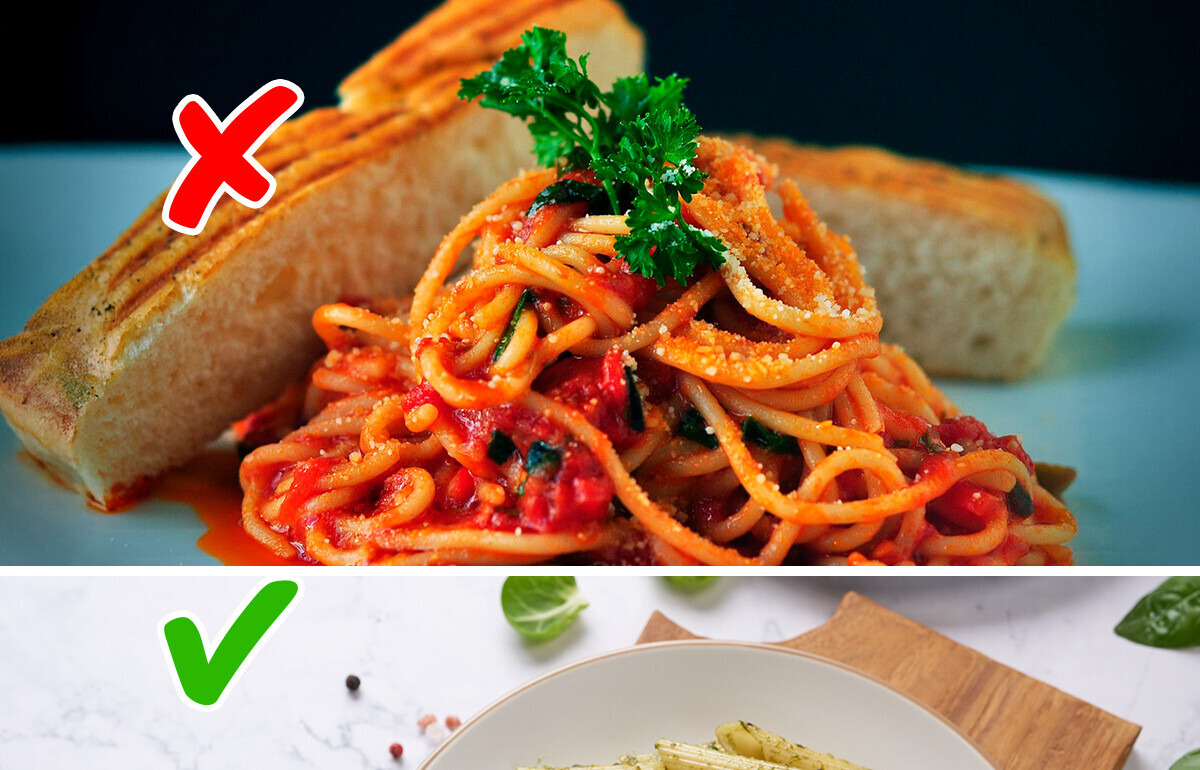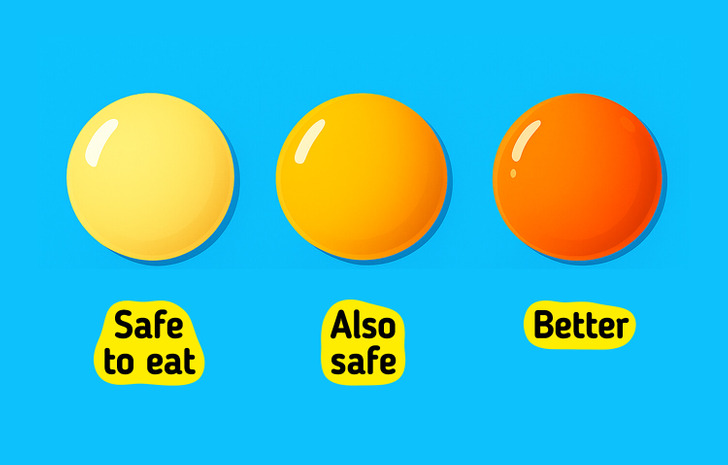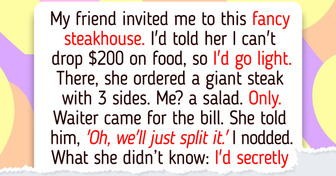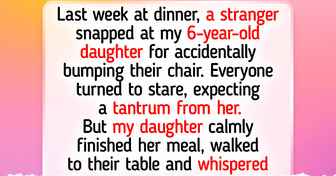12 True Stories That Took the Most Unexpected Turn


There are foods that have such a bad reputation that as soon as you see them you think, “Ugh, this is going straight to my hips.” But often it’s not about the food, it’s about how you prepare it, what you eat with it, and how much you eat.
That’s why in this list you’ll find products that seem to be the enemy of every diet, but can be part of a balanced diet without sacrificing taste or pleasure. Are you ready to reconcile with some unjustly maligned classics? Read on!
Pizza often gets a bad rap, but it is not inherently unhealthy. It all depends on how it is prepared and how much is eaten.
Potatoes are not fattening: what is fattening is the way we cook them. Fried in old oil, accompanied by industrial sauces...that’s the problem.
Pasta is not the enemy of the scale if you learn to control it.
White rice has been unfairly excluded from many diets.
We know...it’s the best news you’ll get all day.
Bread is another great unjustly accused.
You don’t have to give up ice cream to maintain your weight.
High in protein, economical and versatile. Eggs fill you up and keep you full for several hours.

As for the yolk, have you ever cracked open an egg and been surprised by an intensely orange, almost neon yolk? Many people believe that the darker the yolk, the healthier the egg... but the reality is different. The color of the yolk depends mainly on what the hen has eaten, not necessarily on the nutritional value of the egg.
However, the important thing is not the color, but the quality of the egg in general: that it is fresh, that it comes from well-fed hens, and that it is eaten as part of a balanced meal. Because beyond the color, it is still full of protein, choline, vitamin D and healthy fats.
Cheese is delicious, comforting, and versatile.
Homemade popcorn is a great alternative to industrial snacks. It is low in calories, high in fiber, and fills you up.
A burger does not have to ruin your eating plan.
No one wants to live on a salad of leaves and water. And we don’t have to! The important thing is to understand how food behaves in our bodies, and to learn how to prepare and combine it so that it works to our advantage.
Enjoying food can be part of a healthy life. Want to keep adding ideas without feeling guilty? You can read this article here, because eating is about balance, taste and well-being.











